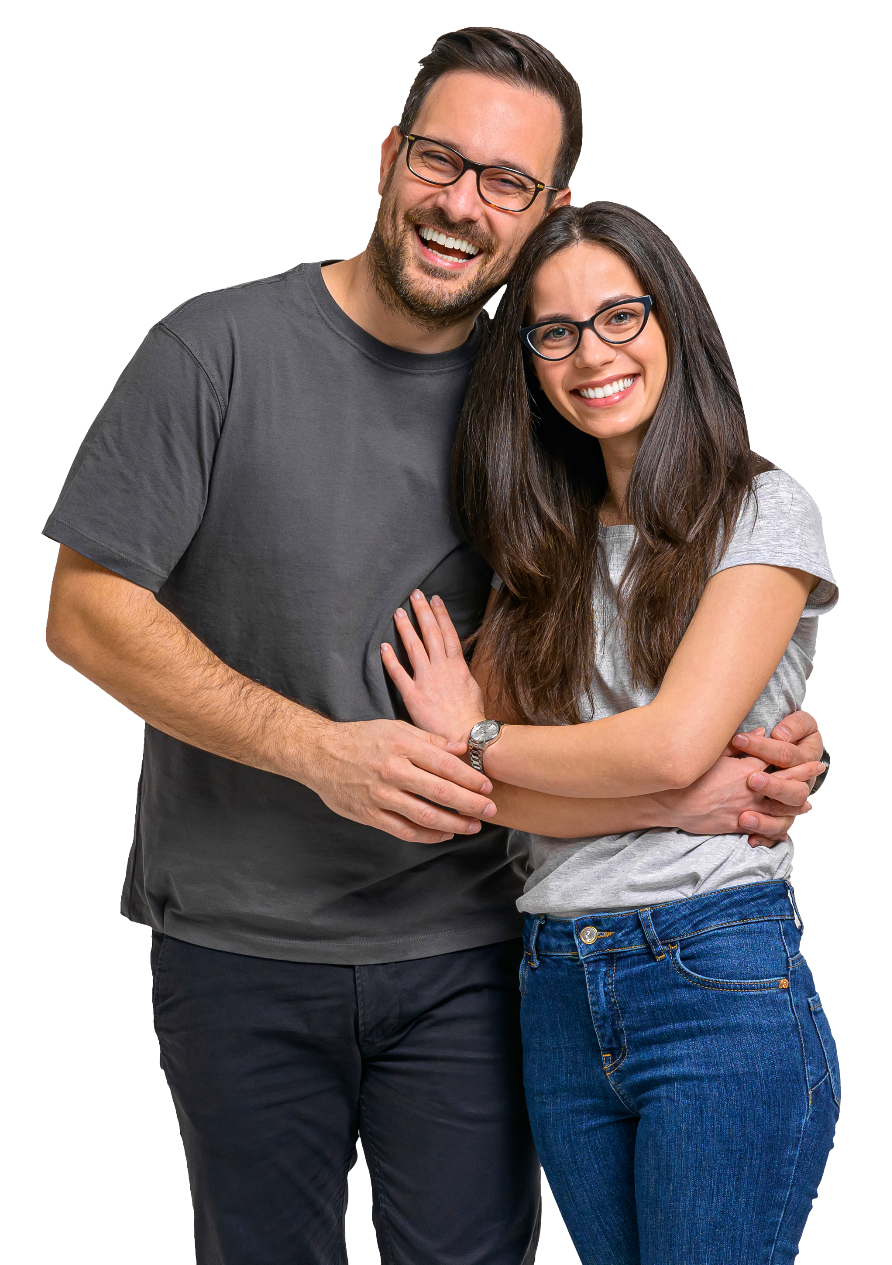
A Spectacle Lens I Prescribe Making My Patients More Productive & Our Practice More Profitable
The eyecare and eyewear we prescribe have the potential to change patients’ lives. I have a way of increasing both the comfort and productivity of patients in my practice by prescribing Neurolenses.
The results of a new study offer proof of what I have known for a long time: Neurolenses make it easier for patients to optimize the tasks and activities that make up their lives. This productivity boost helps patients at both work and play, giving me another way to make their lives better.
Solving an Unmet Need
I prescribe Neurolenses to solve a major unmet need for my patients, as well as giving them unparalleled visual clarity and sharpness. Our increasingly digital lifestyle, combined with the pandemic-driven increase in remote working and schooling, has led to an increase in the demand on our eyes’ accommodative and vergence systems. This demand can lead to symptoms like headaches and eyestrain. Neurolenses are the first and only prescription lenses to use a contoured prism to help bring the eyes into better alignment.
Contoured prisms have been shown to relieve the headaches, neck and shoulder pain, and eyestrain that many of my patients experience when using digital devices, reading, or doing detailed near work. I use the Neurolens lifestyle index, a symptom screener provided by Neurolens, to identify the symptomatic patients who might not have reported their symptoms to me (mostly because they don’t realize these symptoms could be related to their eyes).
Then I use the Neurolens Measurement Device (NMD) to accurately and objectively measure my patients’ eye misalignment and calculate their AC/A. If they are symptomatic (by the lifestyle index) and qualify for Neurolens (by the NMD results – more exo at near than distance), I prescribe the Neurolenses.
Greater Focus, With Fewer Breaks Required
I have been prescribing Neurolenses for almost four years now. In the beginning, I focused on helping patients with headaches. After prescribing the lenses for a while, I found my Neurolens patients were sharing with me the other benefits they were experiencing with the lenses, including better focus, less shoulder/neck pain, and less sandy/gritty dry eye sensation; many also found that they could spend more time on a computer or digital device without becoming symptomatic.
My clinical experience correlates with the results of the study—with less eyestrain, dry eye sensation, headaches and neck pain, patients are able to focus on their near tasks, read at a faster rate, and need less frequent breaks.
Americans are spending 8-12 hours a day on average using digital devices. Increasing reading speed or taking less frequent breaks will allow the average employee to be more efficient with the same amount of effort. Greater efficiency allows the average student to get more quality studying done, potentially perform better in school and enrich their learning. Additionally, improving symptoms (less headaches, tired eyes, etc.) will give our patients more energy at the end of the day, resulting in more productive personal lives.
A Life-Changing Solution
The vast majority of my patients in Neurolenses describe them as life-changing. Most wish they had found them years sooner. They allow people to focus on their work, live with less pain or discomfort, and see more clearly and comfortably.. These patients become very loyal to my practice and return every year. They buy multiple pairs (either sunglasses, a second clear pair because they know they can’t live without them, or a regular prescription pair and a pair for over their contact lenses). They refer their friends and family.
I find even patients who don’t wear Neurolenses refer new patients because they are impressed with the level of service and detailed workup they receive here in my office with NMD testing. If we explain to them why we do this testing, and how it helps our patients, they inevitably know someone who could benefit from less headaches, or from enhanced productivity at work or in school.
For example, Patient AB, a 26-year-old female, presented to me in May 2021. She had a history of convergence insufficiency for which she did vision therapy as a child. She was now a fourth-grade teacher, and since March of 2020, was teaching virtually. By May of 2020, her headaches and double vision had become intolerable while working. She attempted to retry HTS (a computerized home vision therapy system), but it caused major headaches and she was therefore unable to do it. I evaluated her for Neurolenses and prescribed single vision plano OU with 2 BI contoured prism.
Her symptoms improved to where she felt back to her normal self within the first two weeks, and even though she didn’t need them to “see” (she had no Rx, just the prism), she wore them all the time. Then she referred her younger brother, MB, who was 24 years old. He was a college student with a history of headaches and convergence insufficiency (even before the pandemic). He had also tried vision therapy in the past. I ended up prescribing the same Neurolens prescription: single-vision plano OU with 2 BI contoured prism. He was then able to complete his college work without help from his mom and sister and drastically improved his reading speed on the computer.
Another of my favorite success stories involves a set of identical twins. They attended different prestigious universities and were both studying pre-med. The first, NN, 20 at the time, came to me over Thanksgiving break. She was experiencing headaches and difficulty focusing on her schoolwork. I prescribed single-vision +0.25 OU with 1 BI contoured prism. The glasses really helped her get through the rest of the semester and finals. Not to be outdone by her twin, AN presented over winter break. She was also prescribed Neurolenses: single-vision -0.25 OU with 1.5 BI contoured prism. Both have since purchased several pairs as they never want to be stuck without them.
More Productive Patients; More Profitable Practice
The first two months adding Neurolens to my practice were my best months to-date at that time. My revenue per optical sale increased immediately and continues to increase as I continue to build my Neurolens practice. I closed my office for two months during the initial phase of the pandemic; but ever since we reopened, my Neurolens sales continue to increase, mainly because of the increase in digital demand post-COVID. Neurolenses currently make up about 20 percent of my optical sales.
Ever-Greater Ways to Help Patients
Every few months I find a new area that makes Neurolenses life-changing for patients. Initially I used them for patients with headaches. Then I discovered how much they were helping with dry eye sensation in patients whose symptoms did not match their clinical findings (because it was more like referred pain through the trigeminal nerve rather than actually dry eye disease).
Then I realized I could help people who suffered from motion sickness their whole life with a lens that now allows them to read in the car. And, finally, with the results of the new study, I know I can also use Neurolenses to help people improve their productivity, speed of reading, and hopefully, learning and comprehension.
To learn more about Neurolens, please visit our website at https://www.neurolenses.com/.

Melissa Richard, O.D.
Melissa Richard, O.D., M.S. earned her Doctor of Optometry and Masters Degree in Low Vision Rehabilitation from the Pennsylvania College of Optometry in 2006 where she graduated with Highest Honors. Dr. Richard is currently on staff at Einstein Medical Center in Philadelphia and also provides low vision evaluations at the Bucks County Association for the Blind and Visually Impaired.






